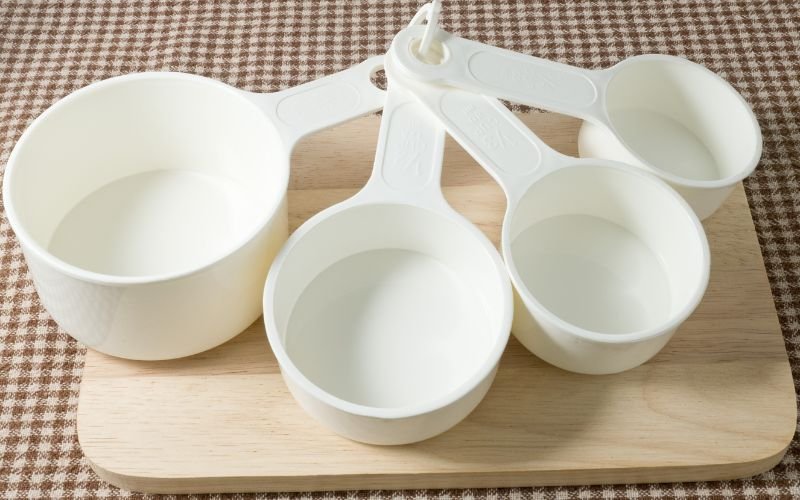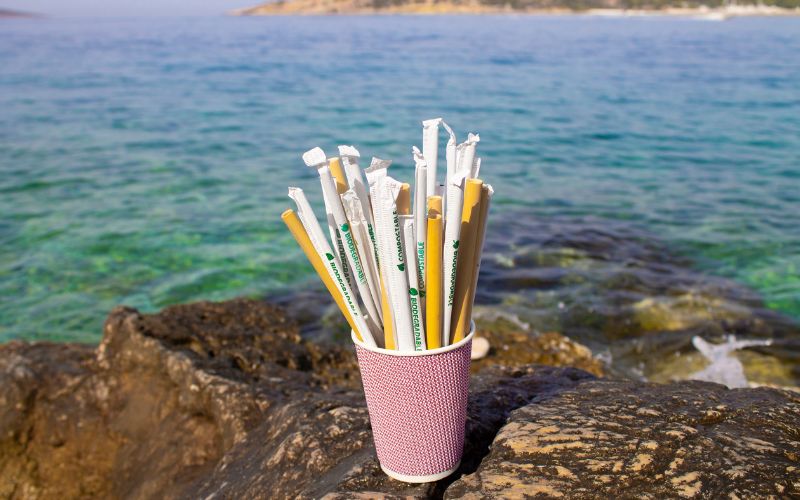Bioplastics
Pioneering a Greener Tomorrow
Bioplastics aren’t your regular plastics, they’re like the eco-warriors of the materials world. We’re about to take you on a journey through the world of bioplastics, where sustainability meets innovation and magic happens.
What Makes Bioplastics Special
Nature's Gifts
Unlike regular plastics, bioplastics come from things like corn, sugarcane, and potatoes. Yeah, you read that right!
Nature's Hug
Some bioplastics can actually break down naturally, like leaves in your garden. They don't stick around forever like other plastics.
Being Kind to Earth
Bioplastics don't mess with the environment as much as regular plastics do. They're like the cool cousins of plastics, making the world a better place.
Fit for Every Party
Bioplastics can do lots of different things. They can be molded into what's needed for different stuff, like packaging, cutlery, and even medical gear.
Changing the Game in Different Fields
- Earth-Friendly Packaging
Say hello to bioplastics in the packaging world! They’re showing up in food containers, bags, and more. It’s like wrapping your stuff with a big green bow.
- Planet-Loving Disposables
Those throwaway items like cups and forks are getting a makeover with bioplastics. They’re all about reducing waste and being gentle on the Earth.
- Healing in Green
Guess what? Bioplastics are making waves in medicine too! From stitching up wounds to delivering medicine, they’re saving the day.
- Cars and Gadgets, the Green Way
Even in the world of cars and gadgets, bioplastics are showing up. They’re making parts that are good for both the planet and performance.


Incredible Bioplastics
Let’s talk about the stars of the show—the bioplastics themselves! Here are a few you might want to know:
- Polylactic Acid (PLA): It’s like the superhero of bioplastics, coming from cornstarch. You’ll find it in cups, packaging, and even 3D printing!
- Polyhydroxyalkanoates (PHA): These are plastics made by tiny living things. They can break down in nature, making them a big hit in medicine and packaging.
- Starch-Based Bioplastics: Yep, they come from stuff like corn or potatoes. They’re good for things like packaging and disposable stuff.
- Polybutylene Succinate (PBS): This one’s like a team player. It blends well with other bioplastics and hangs out in packaging and farming gear.
- Plant-Derived PET: Remember PET bottles? Well, now they can come from plants, which means fewer fossil fuels.
Embracing a Brighter Future
Bioplastics are our partners in building a greener planet. They’re changing the game, showing us that we can have awesome stuff without hurting the Earth. So, when you pick something made from bioplastics, you’re choosing a happier, healthier future for all of us.
You ask, we answer
PMS loves to answer any questions about Bioplastics.
A: Generally, yes! Bioplastics have a lower environmental impact compared to traditional plastics, thanks to their renewable sources and reduced carbon footprint.
A: Nope, not all of them. While some bioplastics can break down naturally, others may require specific conditions like industrial composting.
A: It depends on the type of bioplastic. Some are comparable in terms of durability, while others might be better suited for short-lived applications.
A: It can be a bit tricky. Bioplastics may require separate processing from conventional plastics due to differences in properties.
A: Absolutely! Many bioplastics are approved for food contact and meet safety standards.
A: In many cases, yes. The production process and the availability of raw materials can influence the cost of bioplastics.

